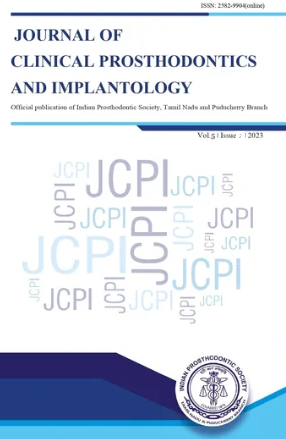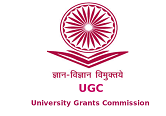Comparison of Commercially available denture teeth with available natural teeth dimensions among genders
DOI:
https://doi.org/10.55995/j-cpi.2023007Keywords:
Artificial teeth, Aesthetics, Complete denture, Dentulous subjects, Mesiodistal width, ProsthesisAbstract
Background: Selecting the artificial teeth is an art, every prosthodontist should learn the art to fulfill the esthetic and functional requirement of the patient. It gives a pleasing, expressive and confident life to the patient.
Aim: To compare the dimensions of natural maxillary and mandibular anterior and posterior teeth with the dimensions of three commercially available denture teeth such as Acryrock,Biorock and Ivoclar Vivadent along with gender consideration.
Materials and Methods: The length and width of the natural anterior and posterior teeth from dentate casts of 23 males and 77 females were examined by a single examiner using a digital vernier caliper on a straight line and using a flexible ruler . These dimensions were also measured in three denture teeth mold charts: Acryrock, Biorock, Ivoclar vivadent. The dimensions thus obtained are compared between the three systems of artificial teeth and natural teeth for selecting the best system of artificial teeth for complete denture prosthesis.
Results: This present study concludes that the width of available natural maxillary anterior teeth matches with the dimensions of all the three commercially available denture teeth such as Ivoclar Vivadent, Acryrock, Biorock. But the mandibular anterior and posterior teeth of maxillary and mandibular dentate cast dimensions were matching only with the Ivoclar vivadent teeth set irrespective of the genders.
Conclusion: From this study, the determination of the size of anterior and posterior artificial teeth using the natural teeth dimensions for fabrication of complete denture prosthesis was proved statistically and mathematically.
Downloads
Published
How to Cite
Issue
Section
License
The entire contents of the Journal of Clinical Prosthodontics and Implantology are protected under Indian and international copyrights. The Journal, however, grants to all users a free, irrevocable, worldwide, perpetual right of access to, and a license to copy, use, distribute, perform and display the work publicly and to make and distribute derivative works in any digital medium for any reasonable non-commercial purpose, subject to proper attribution of authorship and ownership of the rights.






